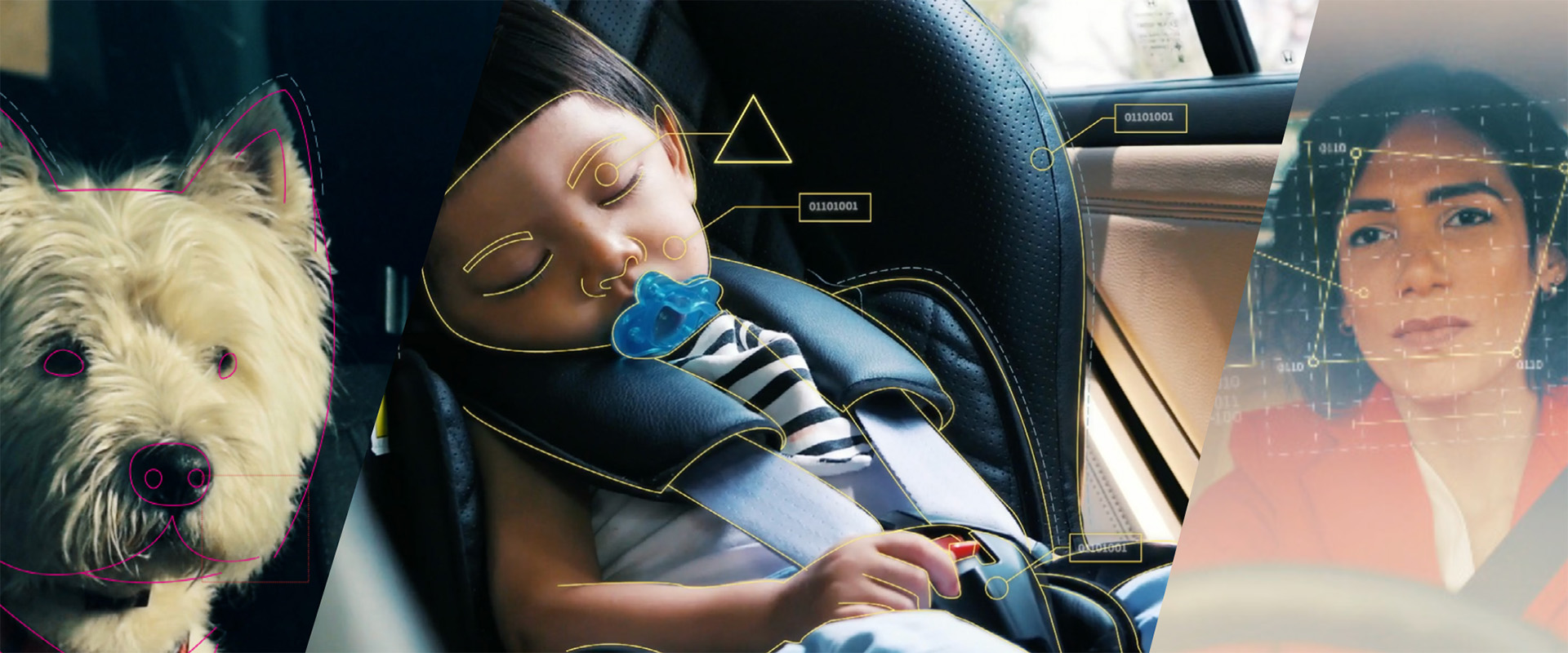EN


By offering a deep, human-centric understanding of people’s behaviors in a car, Interior Sensing systems can drastically improve road safety. Through its driver monitoring functionalities, an Interior Sensing system can prevent accidents by detecting dangerous driving behavior, like distraction, drowsiness, or if the driver becomes suddenly ill.
By combining driver monitoring with cabin and occupant monitoring, the system enables a deeper understanding of what goes on in the entire vehicle. For example, the behavior of other passengers in a car – like a baby crying or an argument in the back seat – can be a major cause of distraction for the driver. By getting to the root of what is stealing the driver’s focus, the Interior Sensing system can detect inattention at an even earlier state and help guide appropriate interventions – further increasing the system’s chance of preventing an accident.
But even in case of an accident, Interior Sensing technology can help customize security measures to each person present in the vehicle.
Occupancy detection, which determines how many people are in the cabin and their real-time positions, can help adjust traditional security measures, like seat belt usage, pre-crash safety measures or the activation of airbags.
If a passenger is reaching behind their seat or putting their feet up on the dashboard, an airbag will not only be prevented from fulfilling its purpose but may even harm the person it is meant to protect. But by analyzing the state of all passengers, an Interior Sensing system can adjust safety measures, while forwarding valuable cabin data to emergency responders arriving at the scene.
Even in parked vehicles, Interior Sensing can save lives. Every year, an average of 38 children in the United States alone suffer fatal heatstroke after being left in cars on hot days. In addition, the number of pets that die in hot cars is expected to be hundreds every year.
With an Interior Sensing system installed in the vehicle, a child or pet left in an increasingly hot car can be detected immediately, and a number of safety measures could be taken.
First, the car can issue a warning as the driver is leaving the car. If this is omitted, the in-cabin temperature could be reduced by automatically activating the car’s ventilation system or air conditioning. At the same time, the system could send a warning to the car owner’s phone or, if necessary, alert emergency responders.
While improved road safety is perhaps the most important result of Interior Sensing, there are other powerful arguments for increasing both the IQ and EQ of our future cars. By installing sensors and machine learning algorithms in vehicles, we are taking a major step towards humanizing the technology we use every day. A more emotionally intelligent car will not just get us to our destination safely, but make sure we get there happier and more relaxed than ever before.
Download our eBook on Interior Sensing: The Next Frontier in Improving Road Safety and the Mobility Experience
